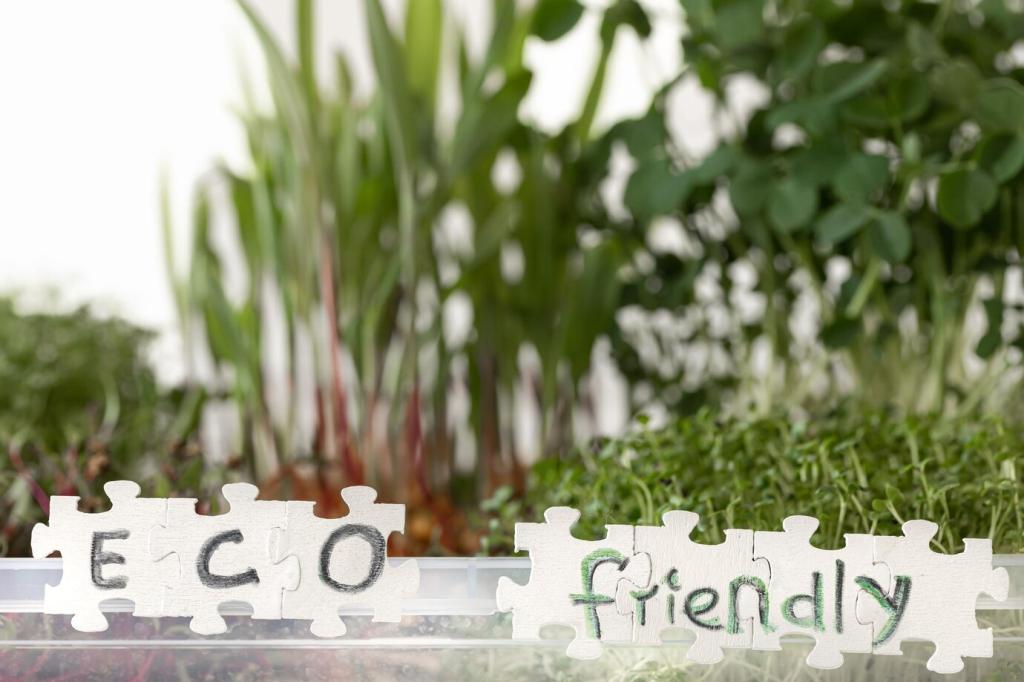Tactics You Can Use Tomorrow
A Saturday morning door-to-door canvass, paired with a friendly one-page handout, often outperforms any online campaign. In one neighborhood, household energy checks plus free weatherization kits cut average monthly bills and sparked a new volunteer insulation team.
Tactics You Can Use Tomorrow
Set up tables in a library or park with volunteer fixers, sewing machines, and bike stands. People repair toasters, patch jeans, and tune bikes instead of trashing them, sharing skills while reducing waste and strengthening neighborhood relationships.




